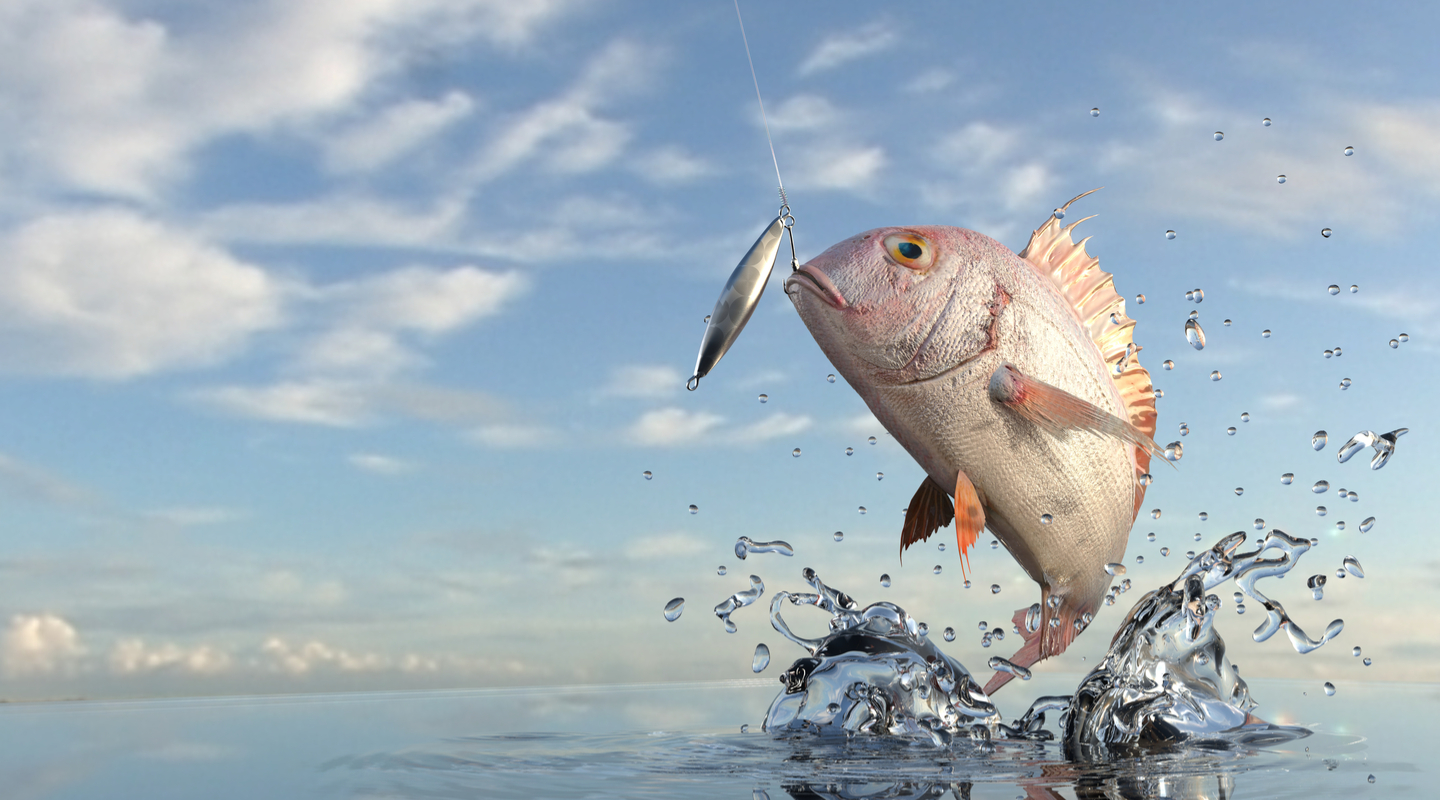
- Aug 14, 2020
- Agescan International
- Uncategorized
- 0 Comments
As we’ve discussed in previous articles on this blog, many fishing enthusiasts are making their own lures and flies these days and tungsten is a key ingredient in many of the components used in lure making – for strong corrosion resistant hooks and for the weights used in jig heads and bead-headed and cone-headed flies.
Tungsten steel has a higher density than lead or brass, which means you can get away with a smaller bead, jig head or weight for an equivalent sink rate. Fly fishing enthusiasts often use tungsten beads for making patterns such as this bead-headed pheasant tail nymph and other similar wet flies.

Tying two versions of a given fly – one with a tungsten steel bead and one with a conventional brass bead – enables them to fish varying depths of water and ensure their fly is in contact with the bottom of the river or lake. This article has great information on the varying sink rates of lead and tungsten beads.
Tungsten steel is also a much harder material than lead and some anglers say that it provides better feedback when the jighead, beadhead or sinker/weight touches the bottom. It is also a hard and strong steel alloy that can easily cope with the scrapes and bumps that are involved in fishing applications. And it has none of the toxicity of lead, which many anglers now choose not to fish with on environmental grounds, which is another reason for anglers to make the switch to tungsten for these key lure and fly making components.
Check in with our blog regularly to learn more about lure making and fly tying.
